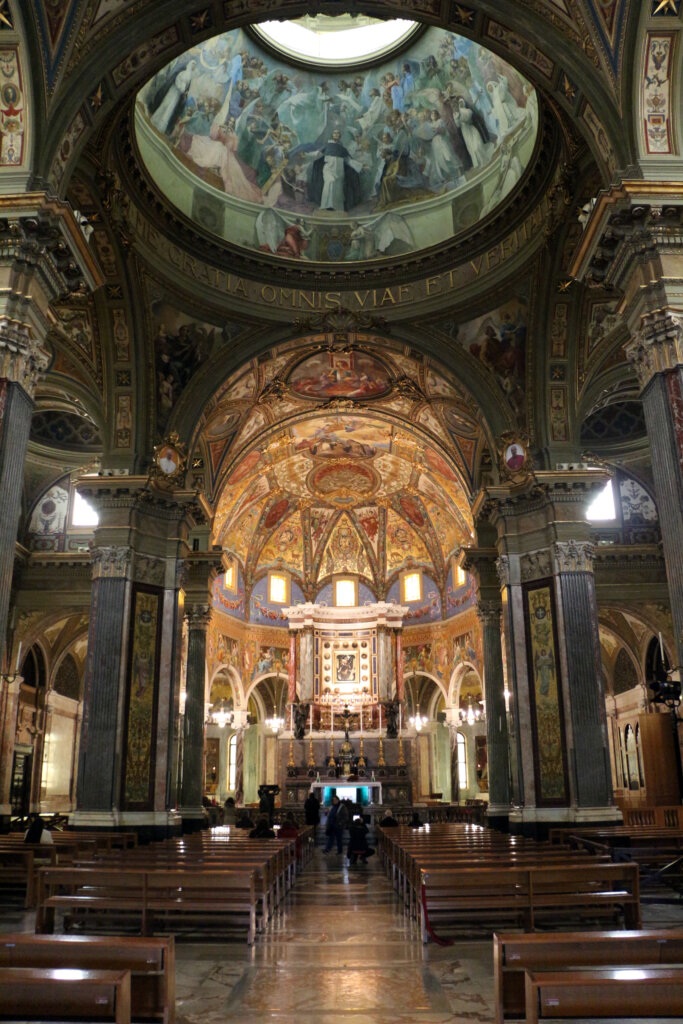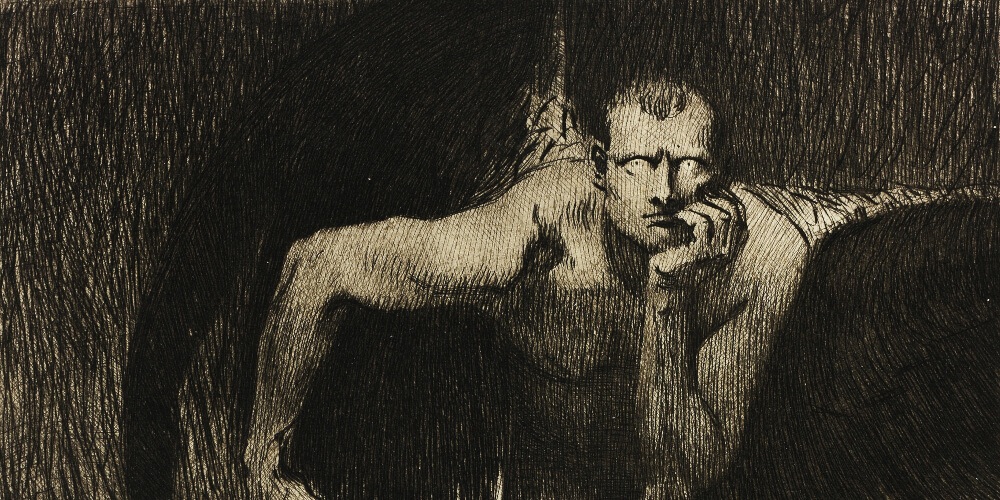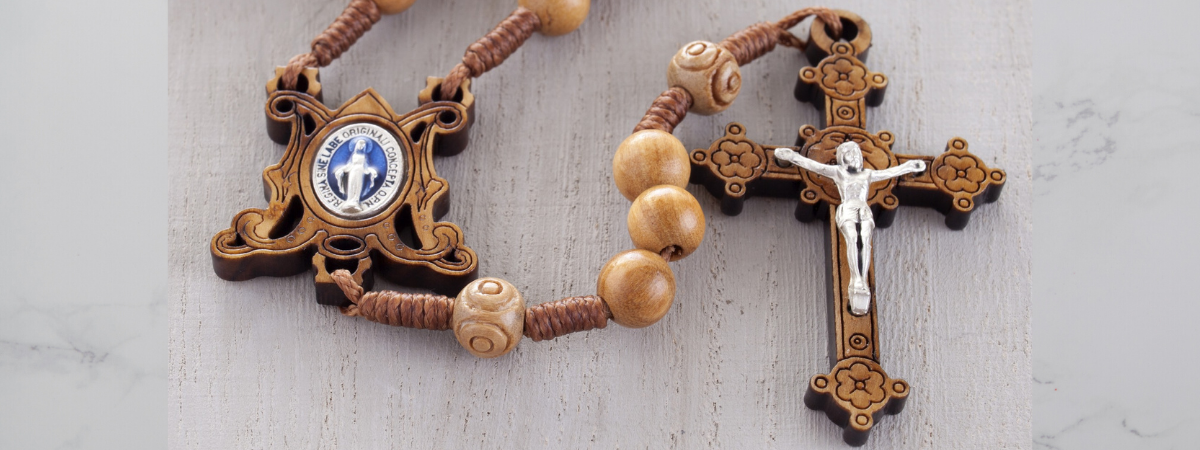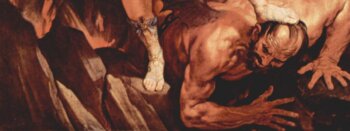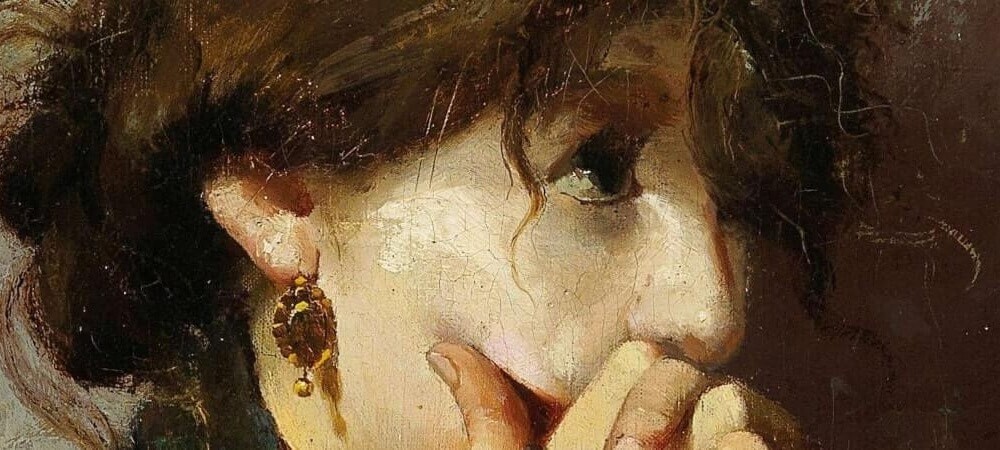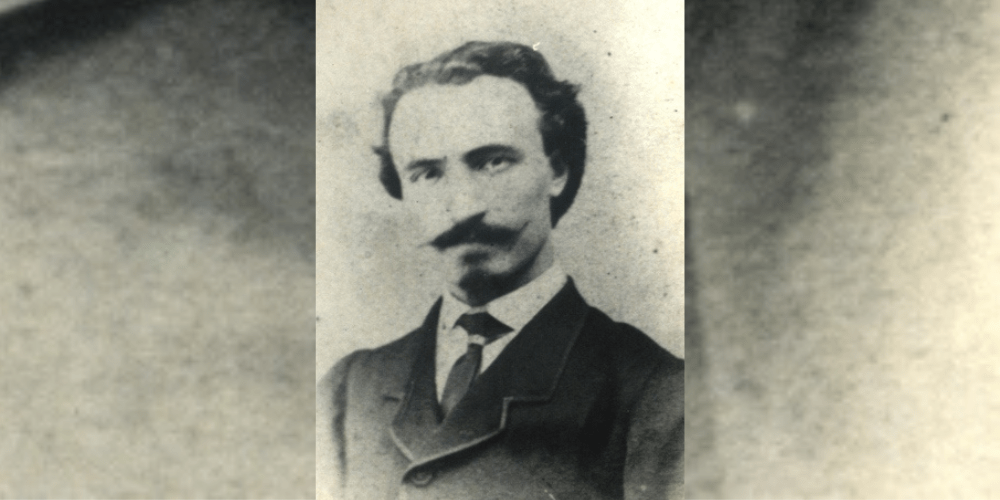
Blessed Bartolo Longo has the typical fallen-away Catholic story.
You’ve probably heard it before:
A mischievous boy from a Catholic family loses his faith after his mother’s untimely death, turns to the occult when in college…
…becomes a Satanic priest, and eventually finds his way back to God?
Okay, maybe you haven’t heard a story like this before!
It’s really only a typical “sinner-turned-saint story” in the sense that God uses the most surprising people to spread His message of salvation.
Seen in that light, Bartolo Longo reminds us that God extends His grace even towards people we feared to be hopelessly lost.
Who Was Bartolo Longo?

Bartolo Longo was born in southern Italy in 1841, where he was raised by devout Catholic parents.
He experienced great suffering at the age of ten when his mother died. This would begin his path away from the Catholic faith.
He attended the University of Naples to study law in 1861. At this time, nationalism was on the rise in Italy, and the Catholic Church was seen as a threat to the movement.
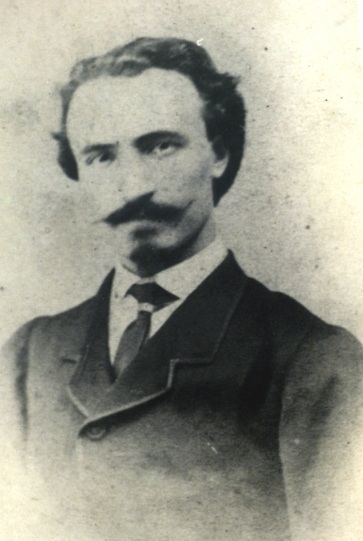
General Garibaldi, a crucial figure in the nationalist movement at the time, sought to eliminate the papal office altogether.
Italy was simultaneously seeing a rise in interest in Spiritualism and the occult. As a result, universities were breeding grounds for hatred against the Catholic Church.
Many of Bartolo Longo’s professors were ex-priests turned nationalists, instilling hatred of the Church into the impressionable minds of their students.
Longo found himself swept up in the movement. He later wrote:
“I, too, grew to hate monks, priests and the Pope, and in particular [I detested] the Dominicans, the most formidable, furious opponents of those great modern professors, proclaimed by the university the sons of progress, the defenders of science, the champions of every sort of freedom.”
Bartolo Long became enchanted by Spiritualism and the occult during his studies at Naples, participating in seances and practicing “magic.”
He was empty, but had a thirst for the supernatural that led him further down the path of Satanism.
He denounced God and preached blasphemy against the Catholic Church, actively leading souls away from Christ.
He was eventually ordained a Satanic priest and promised his soul to a demon.
Bartolo’s Conversion Story
Bartolo soon found himself sinking into a deep depression.
His family tried to express their concerns over the path Bartolo Longo had chosen but to no avail. He became deeply troubled by anxiety, paranoia, and confusion. He was afflicted by terrifying diabolical visions that threw him into a cycle of declining health.
His family prayed and desperately sought help for him.
In response, a devout Catholic professor at the university, Vincenzo Pepe, began meeting with Bartolo Longo. He helped Bartolo to confront the psychological state he was in.
Professor Pepe also convinced Longo to meet with a Dominican priest, Fr. Alberto Radente. After three weeks of meetings, Bartolo Longo was welcomed back into the Church and given absolution on the Feast of the Sacred Heart in 1865.
Professor Pepe invited Longo to live with him so that he could support him throughout his conversion. He introduced Longo to other faithful Catholics who would also serve as companions on Longo’s journey back to God.

Bartolo sought to make reparation for his past sins by performing charitable works and warning others of the dangers of Spiritualism.
He once interrupted a seance by holding up a medal of Mary and proclaiming:
“I renounce Spiritualism because it is nothing but a maze of error and falsehood.”
Bartolo Longo
Although Bartolo began his journey back to God, he still found himself despairing over his own salvation. He was tempted to believe that God could not forgive him—and struggled with forgiving himself for participating in pagan practices.
His struggles were so severe that he contemplated suicide.
One day, while on business in Pompeii, Bartolo observed the poverty and ignorance of the people of Pompeii and saw that they were entrenched in Spiritualism.
“Their religion was a mixture of superstition and popular tradition…
For their every need…they would go to a witch, a sorceress, in order to obtain charms and witchcraft.”
Longo was still struggling with his own doubts and distress during this visit to Pompeii, but he had a powerful moment of grace.
In his own words:
“One day in the fields around Pompeii I recalled my former condition as a priest of Satan…I thought that perhaps as the priesthood of Christ is for eternity, so also the priesthood of Satan is for eternity. So, despite my repentance, I thought: I am still consecrated to Satan, and I am still his slave and property as he awaits me in Hell. As I pondered over my condition, I experienced a deep sense of despair and almost committed suicide. Then I heard an echo in my ear of the voice of Friar Alberto repeating the words of the Blessed Virgin Mary: ‘One who propagates my Rosary shall be saved.’ Falling to my knees, I exclaimed: ‘If your words are true that he who propagates your Rosary will be saved, I shall reach salvation because I shall not leave this earth without propagating your Rosary.’”
Bartolo realized that God had in fact forgiven him and that he could now help lead other strayed souls—like the people of Pompeii—back to God.
Bartolo’s Influence
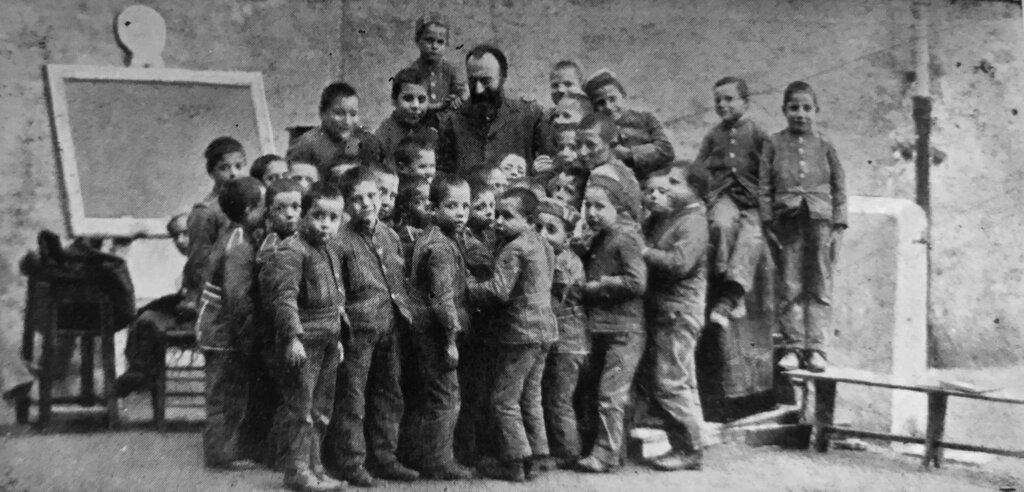
Our Lady’s promise helped Longo to discover his purpose: propagating the Rosary.
On October 7th, 1871, he became a third-order Dominican, taking the name Brother Rosario.
He dedicated himself to restoring the people of Pomeii’s faith in God through devotion to the Rosary.
He built the Basilica of Our Lady of the Most Holy Rosary in Pompeii, and founded orphanages, elementary schools, and a technical school to give the children of convicted criminals the opportunity to succeed.
He wrote books, novenas, and prayer manuals on the Rosary.
He died on October 5th, surrounded by the orphans he loved and served.
His final words were:
“My only desire is to see Mary, who saved me and will save me from the clutches of Satan.”
Bartolo Longo’s rediscovered faith and devotion brought many souls into deeper communion with God. His influence continues even after his death.
Pope John Paul II and Bartolo Longo
Pope St. John Paul II was particularly struck by how Barolo Longo meditated on the entire life of Jesus, including His public ministry, miracles, and teachings—not only the events of the Joyful, Sorrowful, and Glorious Mysteries. In fact, he was so moved by Bartolo Longo’s writings that he was prompted to initiate the Luminous Mysteries of the Rosary.
Bartolo Longo had insisted that meditating on Jesus’ life in its totality deepens our friendship with God. This friendship helps us to grow in the virtues that Our Lord and Our Lady exemplified.
Pope John Paul II wrote about Longo’s influence in his encyclical on the Most Holy Rosary:
In the spiritual journey of the Rosary, based on the constant contemplation – in Mary’s company – of the face of Christ, this demanding ideal of being conformed to him is pursued through an association which could be described in terms of friendship. We are thereby enabled to enter naturally into Christ’s life and as it were to share his deepest feelings. In this regard Blessed Bartolo Longo has written: “Just as two friends, frequently in each other’s company, tend to develop similar habits, so too, by holding conversation with Jesus and Mary, by meditating on the mysteries of the Rosary and by living the same life in Holy Communion, (that is, in friendship with them) we can become, to the extent of our openness, similar to them and can learn from these supreme models a life of humility, poverty, hiddenness, patience and perfection (Rosarium 15).
John Paul II beautified Bartolo Longo on October 26th, 1980, referring to him as “the man of the Virgin Mary.”
He is also known as “The Apostle of the Rosary.”
Bartolo Longo’s story reminds us that God’s mercy is offered to all sinners.
There is hope, even for those who seem furthest from God.
Let Bartolo’s story serve as a reminder to pray for those who are influenced by spiritualism, the occult, and any form of evil.
Prayer of Bartolo Longo
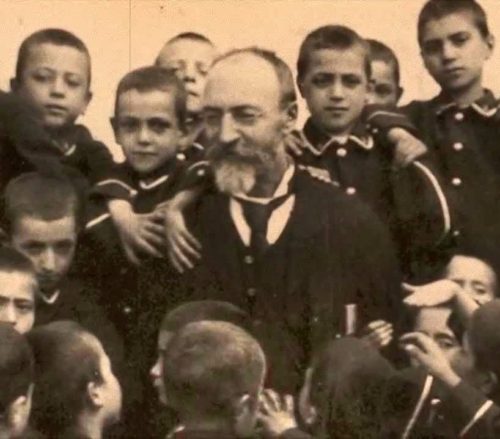
I place myself, my God, in your hands; as a son I abandon myself to your fatherly embrace; roll and roll again this mud, it has nothing to say; it is enough that it serve your designs and not resist your will for which I was made. Ask, command, prohibit. What do you wish that I do, or that I not do? Lifted up, knocked down, suffering, dedicated to your works by sacrificing my will to yours, I can only say, as did Mary: “Behold I am your servant. O Lord, let it be done to me according to your Word.”
Prayer of Blessed Bartolo Longo
Blessed Bartolo Longo, pray for us!
